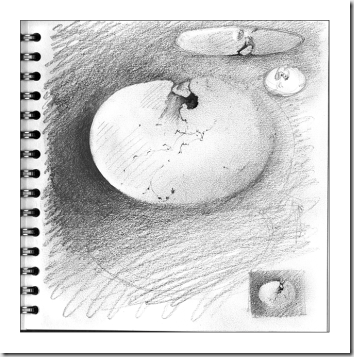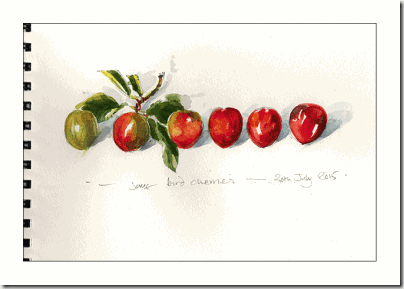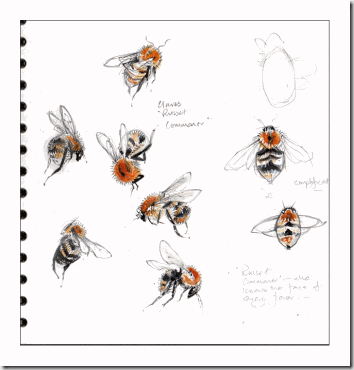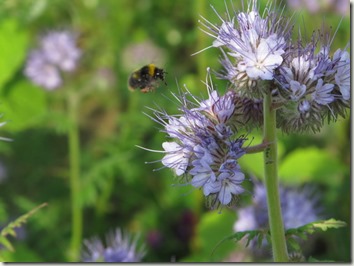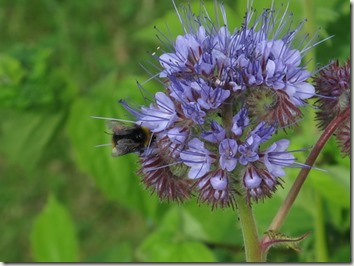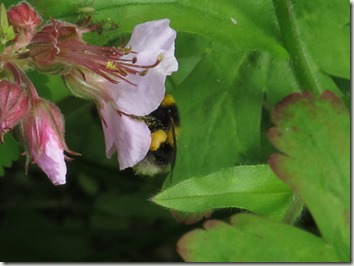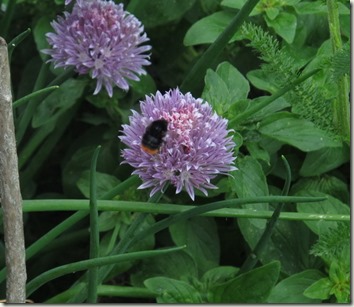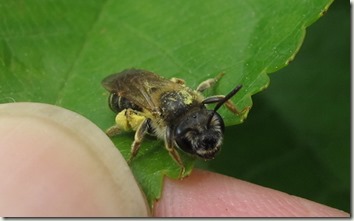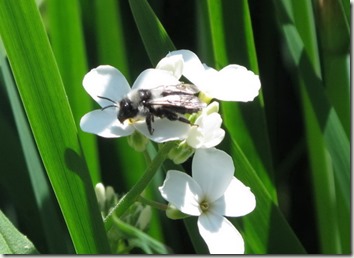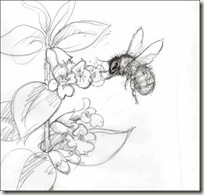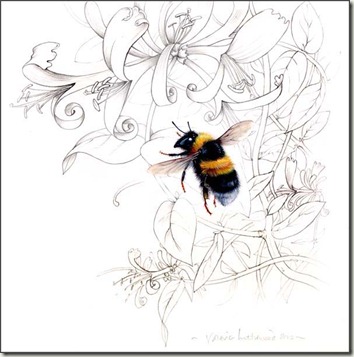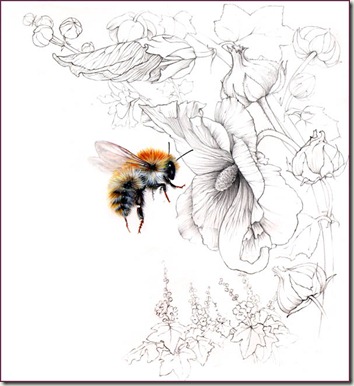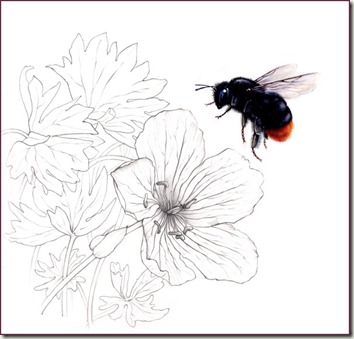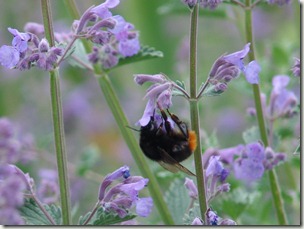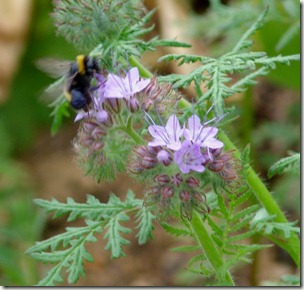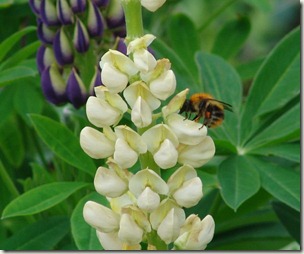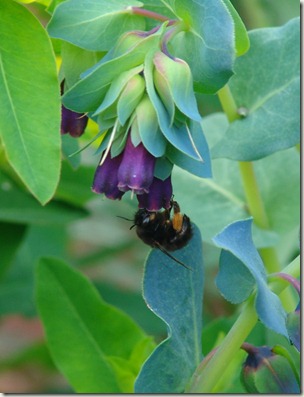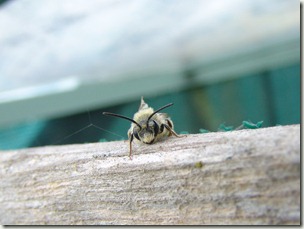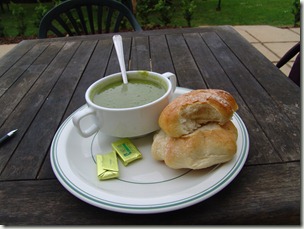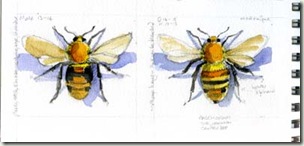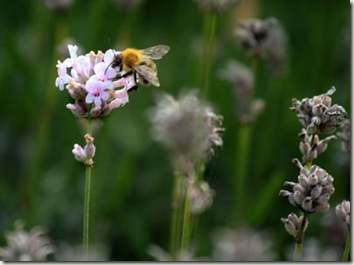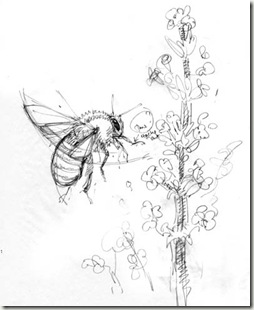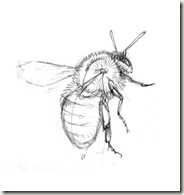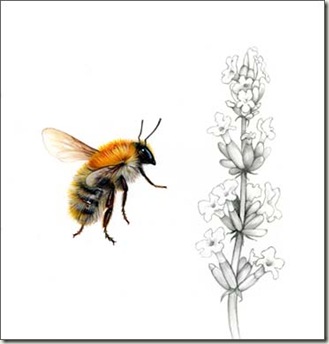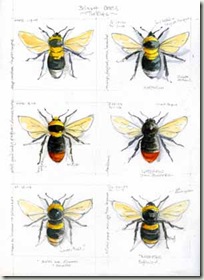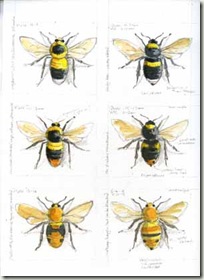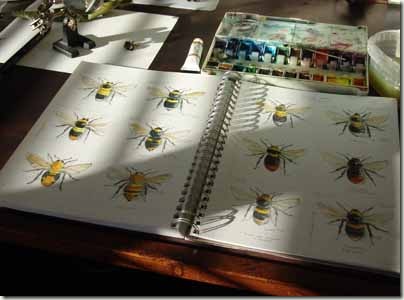My wild bees and me; we are just back from our weekend show at Easton Walled Gardens.
I had such a wonderful time and talked bees non stop to so many very nice people. (I haven’t met a bad bee lover ever!!). I have never thought of myself as much of a campaigner but, as was pointed out to me several times, I have, perhaps, found my “cause”.
I try not to slip into “bee bore” mode and try to stop before people glaze over .. but “Thank you, I have really learnt so much today” was the best feedback I could hope for.
So many people said they would now think more about our bees when they plant the gardens, all my leaflets on bee flowers went and so did my small stock of BUZZ books and I’m printing prints for orders on the day and re-ordering the postcards.
People reading the flowers notes were either congratulating themselves or making notes for future planting but were also telling me all about their own observations. One of the first ladies who came into the show brought a photo, on her mobile phone, of a bee nesting in a bird-box on her wall… I was able, very confidently, to tell her she has a little colony of the lovely Tree Bumble Bee, Bombus hypnorum. She was delighted!
Many people also have humming houses like our cottage, full of mason bees. People were surprisingly fascinated by the pinned specimens and my small collection of deceased bees and stroking a tiny velvety bee proved popular with both the kids and their parents.
There were lots of “Ahhhs”. So it’s thanks to all who came, those who braved the rain on Monday and those who said such very kind things about the paintings and the bees.
And a specially big thanks to bee fan Ursula, Lady Cholmeley and all the staff at Easton for not only making the show happen but also for creating a fabulous bee friendly garden with many bee favourites and gorgeous drifts of wildflowers and natural planting. We got a mention in The Times, Country Life, Woman and Home and Radio Lincs…
Hurrah.. let’s hear it for our wild bees!!!
We are considering something bigger and better next year.. watch this blog! Currently the Easton bees are particularly enjoying the huge exuberant border of catmint and the self seeded phacelia! So just a few more of the bees that you will be able to see right now: Lovely lapidarius, with her glorious red tail, such a favourite bee with everyone, on the catmint.

Pretty Phacelia is one of the top 20 honey-producing flowers for honeybees! Check out its amazing blue/black pollen on this bees legs!

Pascuorum on lupin

also on the drifts of pretty little speedwell…
Little HHFB, the hairy footed flower bee on this beautiful blue green plant that I can never remember the name of…

and a late and hopeful male osmia.. I think..

Do visit this beautiful garden if you have a chance.. it’s wonderful.. and my favourite lunch there is the pea green soup.. its like eating all the goodness of the earth whizzed up together and served with gorgeous locally baked warm bread..

Delicious……
******* BLOG UPDATE 2nd June… Blackbird has come to my rescue..and not for the first time . The beautiful plant I could not remember the name of is Cerinthe Blackbird has the really excellent BUGBLOG check out her fascinating post on the lovely hypnorum! http://abugblog.blogspot.com/


